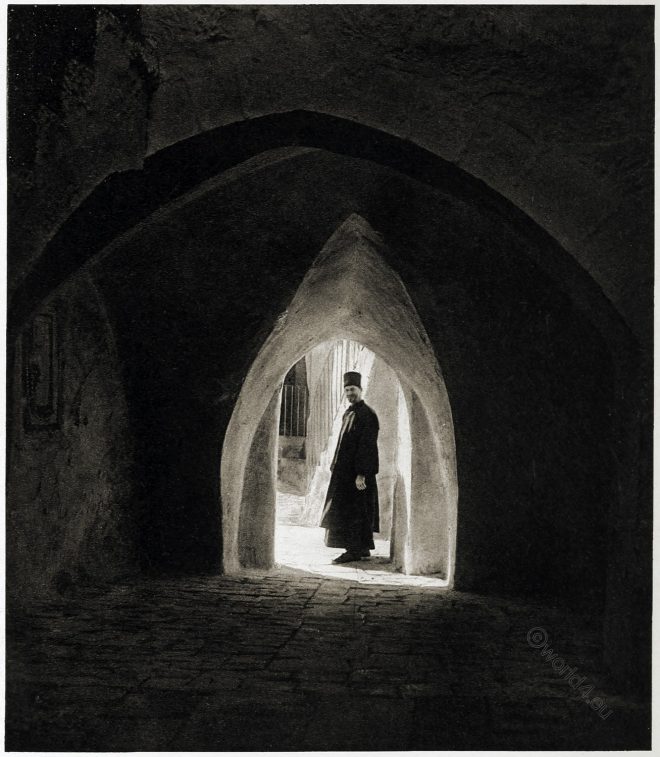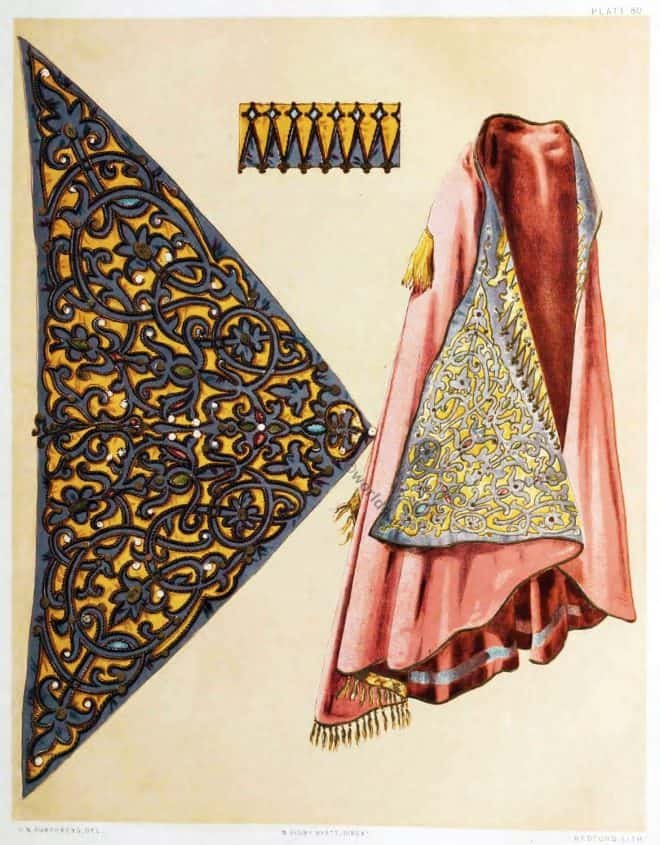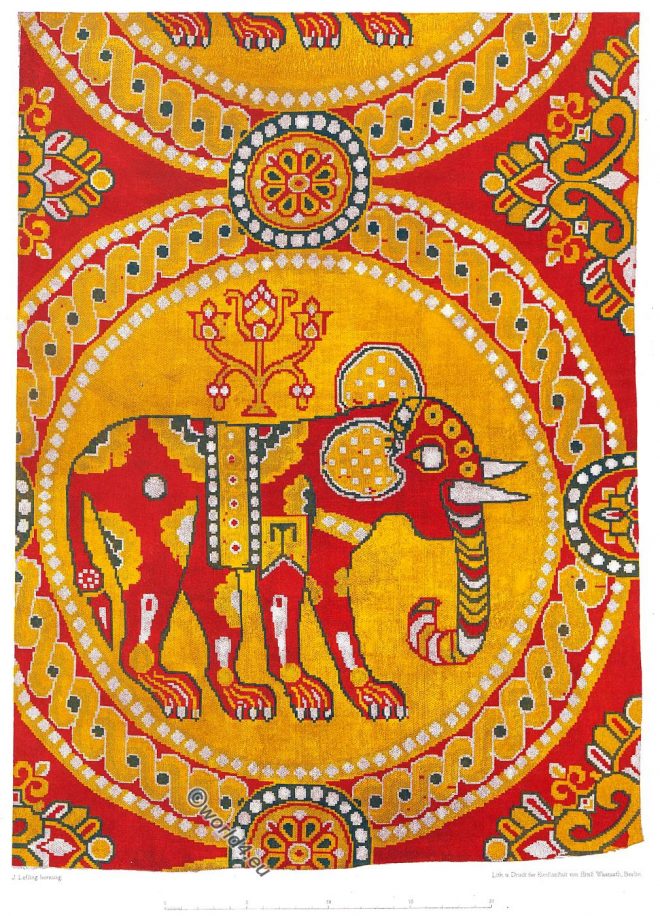Two groups of poets, living in the seclusion of two monasteries were particularly involved in the dispute when at its height.
Tag: Byzantine fashion era
Medieval Byzantine fashion and costume era.
The Hagia Sophia of Thessaloniki, Greece. Byzantine Architecture.
The Church of St. Sophia Thessaloniki. The grand scene of the Ascension is one of the best specimens of Byzantine mosaic extant.
The daily life of the monks. The Benedictine system.
In the Benedictine system early Western monasticism is to be seen at its best. Its rule was generally adopted by the monasteries of Western Europe.
The Hagia Sophia of Trebizond, Turkey. Byzantine Architecture.
The Hagia Sophia, former Byzantine monastic church in Trabzon. Byzantine Art, History and Architecture.
Byzantine dalmatica. Albanian embroidery. 12th century.
Chasuble. Liturgical vestment. Albanian embroidery on a twelfth-century Byzantine dalmatica.
Costume variations of the Byzantine King and Queen. 400-1100 AD.
The two figures shown here represent several new varieties of Byzantine costume.
Costumes of the Byzantine Middle Class. 400 A.D. – 1100 A.D.
Byzantine costume was the dress of the world after the fall of Rome.
Byzantine silk fabric with elephants from the 8th to 10th century.
Silk fabric. Background red pattern opposite. Large circles with elephants. The pattern is a Byzantine redesign of an originally Sassanid pattern.
Byzantium. Costumes of the Eastern Roman emperor and empress.
History of Costume. Byzantium. 400 – 1100 AD. Costumes of the Eastern Roman emperor and empress.
The Byzantine Ornament of Antiquity and the Middle Ages.
The Byzantine style of art. The Romanesque style. Marble mosaic work. Examples of flowing foliage. Ornamental forms of ancient Persepolis. Ornamentation of the Middle Ages.










